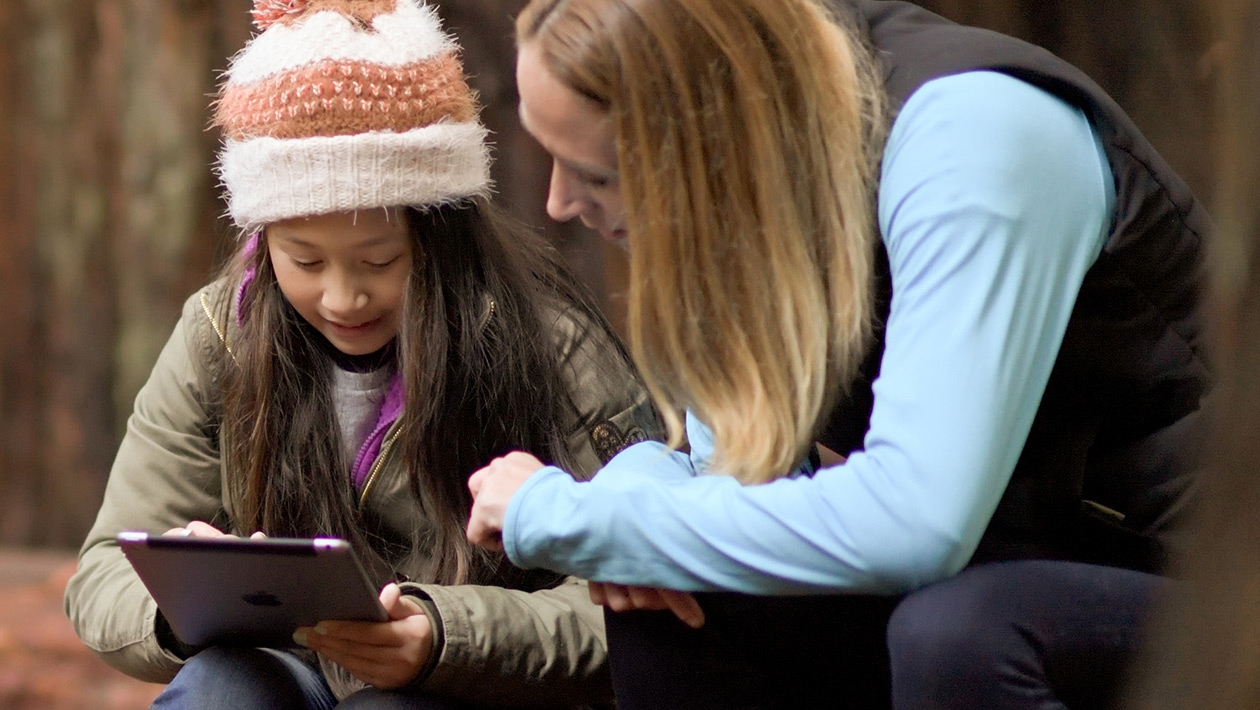As a language teacher in Singapore, I've transformed my classroom through strategic iPad integration. Here's how we use iPads throughout our 2-hour lessons (8:00-10:00) to create an engaging, student-centered learning environment:
Getting Started (8:00-8:10)
Students begin their day by collecting their iPads and using them to access Google Sites for their daily lesson outline and homework assignments. This digital routine empowers students to take charge of their learning journey.
Interactive Learning (8:10-8:40)
Using iPads, students engage in vocabulary practice through the Quizlet app, participate in daily assessments by viewing test slides on Class Sites, and receive comprehensive feedback through digital PDF files.
Core Learning (8:40-9:20)
Vocabulary Development:
- Students use iPads to access teaching materials while maintaining balance with handwritten notes
- Interactive vocabulary learning through iPad-based Quizlet Flashcards
- Engaging class challenges using iPads to scan QR codes for Gimkit, Blooket, or Quizizz activities
Reading and Comprehension:
- Students access interactive lessons via iPads through Singapore MOE SLS platform
- Digital materials on iPads complement traditional notebook work
- Read-aloud practice recorded on iPads and uploaded for AI and peer feedback
Collaborative Work (9:20-10:00)
The final segment maximizes iPad functionality for:
- Group discussions through SLS and Padlet on iPads
- Accessing reference materials via Class Sites
- Documenting work through iPad photography for teacher and peer feedback
Key Benefits of iPad Integration:
- Seamless blend of digital and traditional learning methods
- Enhanced digital literacy alongside core subject skills
- Immediate feedback through iPad-enabled assessment tools
- Perfect balance of independent and collaborative iPad-based learning
Our iPad integration journey showcases how technology can effectively support student-centered learning while maintaining traditional educational values. This balanced approach has created an engaging classroom environment that prepares students for the digital age while ensuring meaningful learning experiences.















Attach up to 5 files which will be available for other members to download.